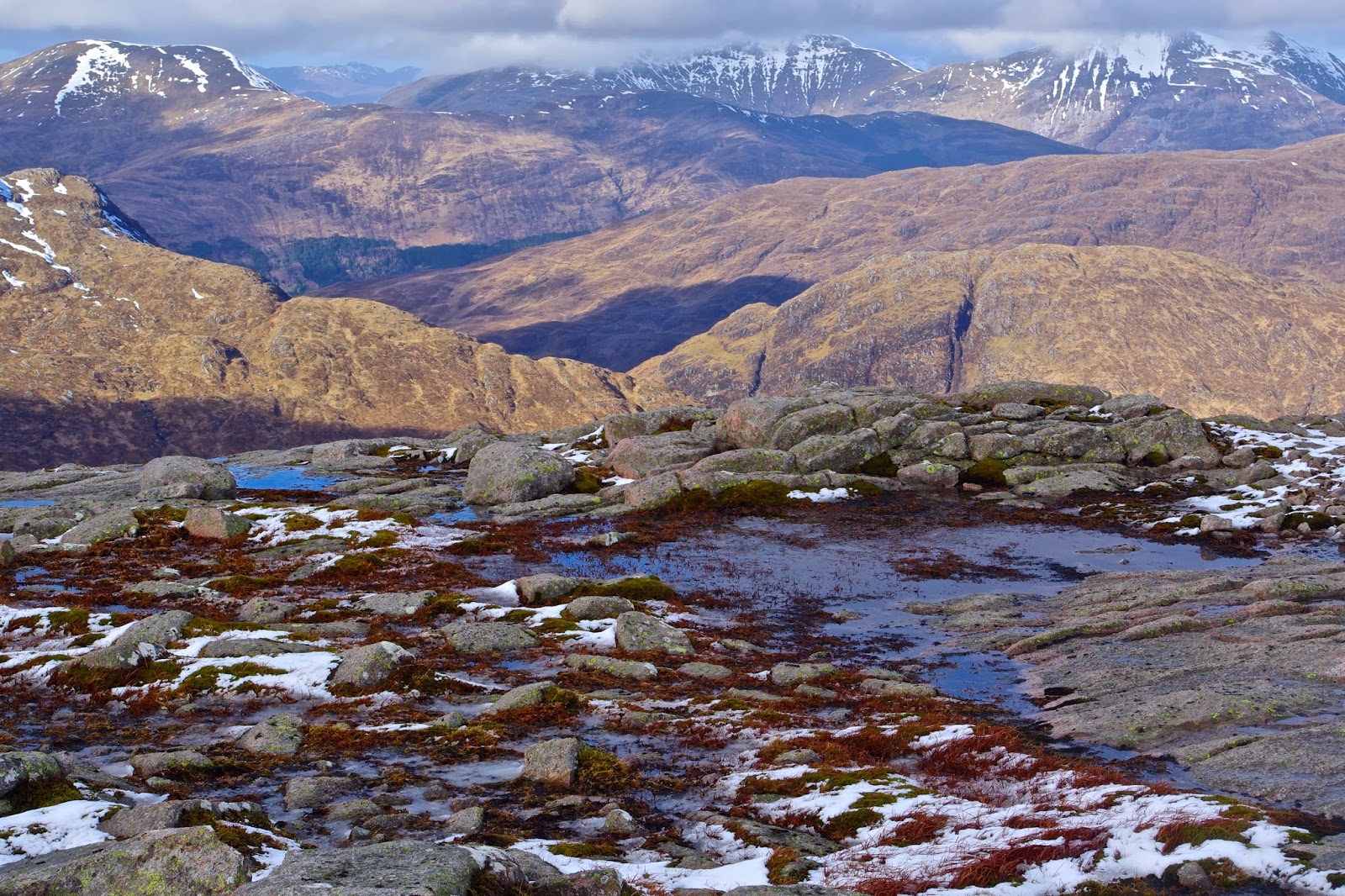 |
| First Running Shoes - Reebok AZIIs c1983 |
I was intrigued by a review of Richard Askwith's latest book
Running Free, in which he deconstructs the industrialisation of running. He defines the seven ages of running, most of which I have passed through, and like him, I am now probably most at one with what he calls 'slow running'. It wasn't always so; most runs until the age of 45 were aimed at improving my PBs. Slow running is the exercise equivalent of slow food, something done naturally with no inessential ingredients and allowed to take place at a pace that allows appreciation of our environment rather than a timetable of set mileages.
He demolishes the need for an increasingly expensive range of running accessories from £100+ shoes to energy supplements, GPS watches, phone apps, and worst of all, in his view, adventure races. It made me reflect that we had quite a lot in common. Although, unlike him, I still time every run on my 28-year-old Casio watch and record any PBs, which I achieve nowadays by finding new routes rather than going faster on routes that I used 10 or 20 years ago. I also have a yearning for adventure races, having completed 12 International Mountain Marathons and the Island Three Peaks Race. These were the highlights of my running career, along with the Snowdonia Marathon. But Richard Askwith is probably correct, they are as much about marketing for running gear and equipment and an event to claim on social media as a way of competing in the great outdoors.
After 30,000 miles or so of running over 30 years, 130 races from 800 metres to multi-day 65-mile hill races and membership of 3 running clubs, I figured that I had the knowledge and experience to agree that Richard Askwith has got it right when he extols the virtues of 'free-running'. I have just returned from an 8-mile run around the forest, taking in two new loops that I happened upon in the last few months. I go out whatever the weather and run at the speed I feel like. Just occasionally I am flying, but most of the time it is as much about admiring the scenery, spotting the wildlife and enjoying some health-giving exercise. In recent years, as my patience levels have increased, I have even taken to stopping and talking to familiar faces who may be out cycling or walking dogs.
And as for running kit, it is ridiculously cheap compared to other sports, helped by a drawer full of old T-shirts won in races. My kit for a winter run today was:
- Adidas Kanadia 4 trail shoes, last year's version bought for £32 from sportsshoes.com
- Ron Hill tracksters from 1995 Karrimor International Mountain Marathon - £8
- T-shirt from the launch of the National Park in 2002 - free
- Montane wind top - £30
- Casio watch bought in 1986 - £14
- Buff bought in Hong Kong for £2
- Socks, my luxury item- Smart Wool PhD - £9
- Gloves -Ron Hill running gloves - £4
So all in all, I am running with just £100 of gear, admittedly I have to buy a couple of pairs of shoes each year, but with 150 -200 runs a year on trails through woods and up hills and with no gym or health club charges, it has to be the bargain of all sports. I am running free and for free. If that is slow and the sixth or seventh age of running, then I'm fine with it.
 |
| My free-running trail |





































